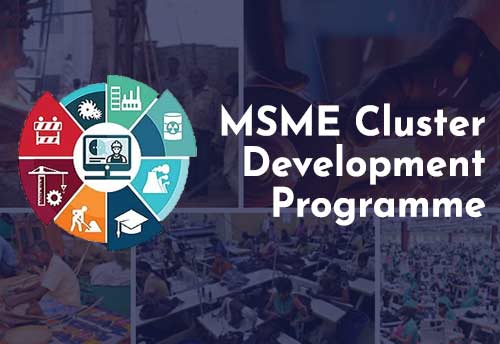Free Courses Sale ends Soon, Get It Now


Free Courses Sale ends Soon, Get It Now



Disclaimer: Copyright infringement not intended.
Context
Background
Objectives
Strategy and Approach
Soft Interventions
Common Facility Centre (CFC)
Infrastructure Development Centre (ID)
Financial assistance under the scheme
Common Facility Centers (CFCs):
|
The Common Fund for Commodities (CFC) implements projects in partnership with governments, international organizations and other development partners from private and public sectors, which support commodity development measures and actions that promote and accelerate development, expansion and modernization of commodity sectors and contribute to sustainable development in its three dimensions i.e. social, economic and environmental. |
Infrastructure Development
https://pib.gov.in/PressReleasePage.aspx?PRID=1828753
© 2024 iasgyan. All right reserved